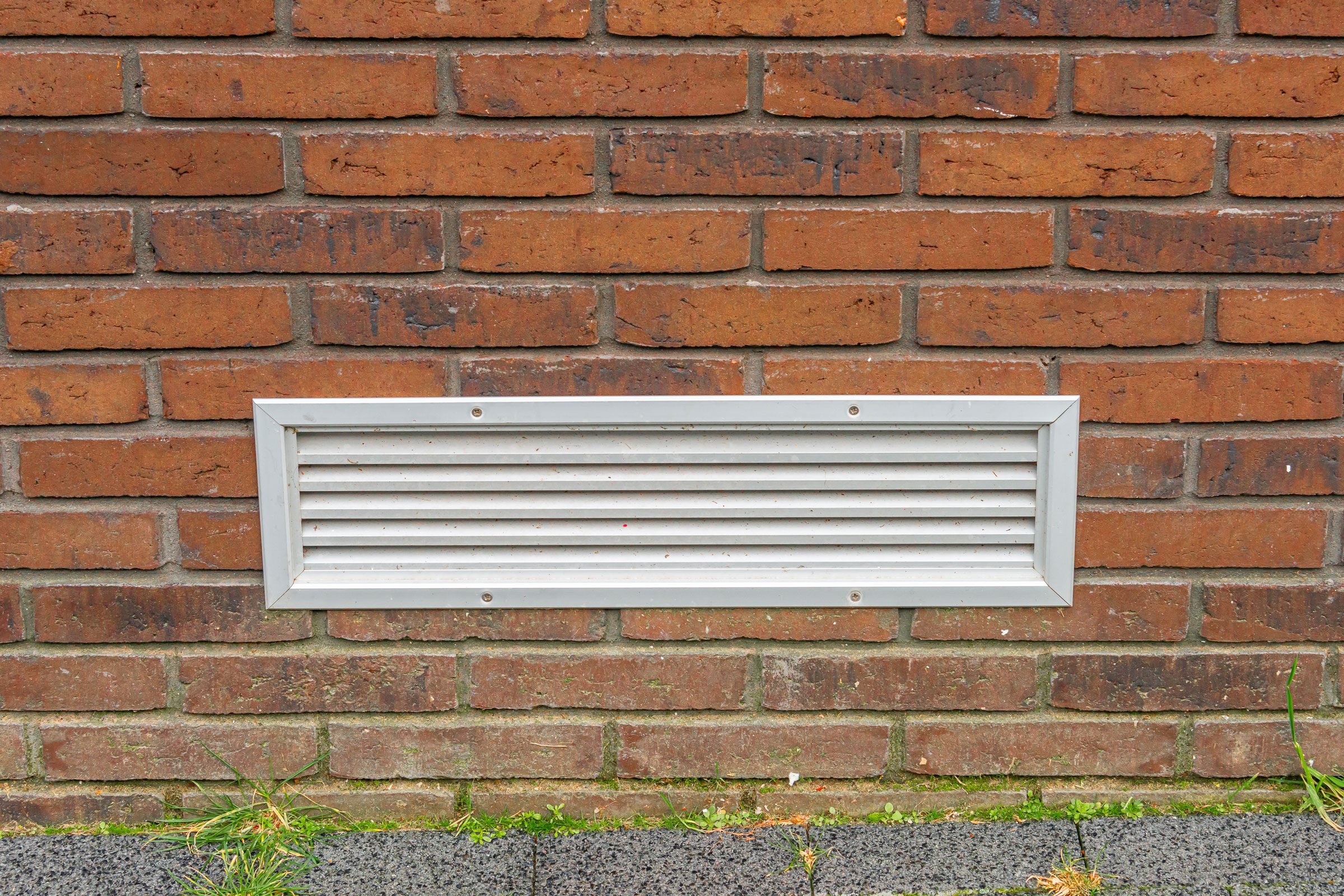
Exterior vents on your home play a crucial role in ventilation, air circulation, and appliance efficiency. Dryer vents, soffit vents, attic vents, and bathroom exhaust outlets all allow moist or stale air to escape—and they can quickly become clogged with dust, cobwebs, pollen, dirt, and bird nests. 🕸️🕊️
While it may be tempting to blast them clean with a pressure washer, these vents are often fragile, and a careless approach can result in bent louvers, forced moisture intrusion, or even damage to connected appliances. In this article, we’ll cover how to safely power wash exterior vents without harming your home or equipment. 🏠💨
🧠 Why Clean Exterior Vents?
Exterior vents can become clogged or dirty due to:
- Accumulated lint (especially dryer vents)
- Cobwebs, leaves, or dust
- Insect nests or bird droppings
- Algae or mildew in humid climates
Clogged vents can:
- Reduce airflow
- Create fire hazards (especially for dryers)
- Lead to mold and mildew buildup
- Cause your HVAC or exhaust systems to work harder (raising energy bills)
That’s why periodic cleaning—ideally once or twice a year—is a smart home maintenance step. 💡🧼
🧰 Tools and Supplies You’ll Need
- Pressure washer (1,200–2,000 PSI is sufficient)
- 25° or 40° spray nozzle
- Extension wand or ladder
- Mild detergent or vinegar solution (optional)
- Scrub brush with an extension handle
- Duct tape or plastic to temporarily block vent interiors
- Safety goggles and gloves
Optional: Foam cannon for detergent application.
Browse Amazon Here For Pressure Washers And Accessories
⚠️ Never use high pressure or a turbo nozzle on plastic or metal vent covers—this can warp or break them.
🛠️ Step-by-Step Guide
1️⃣ Turn Off or Disconnect Appliances
If the vent is connected to an appliance (dryer, bathroom fan, or HVAC system), turn it off. For dryer vents, unplug the dryer or flip the breaker to avoid any active airflow during cleaning.
2️⃣ Seal Off the Inside of the Vent
Use duct tape or a towel to temporarily seal the vent from inside the house. This prevents water or debris from getting blown into your living space.
For example:
- Cover the dryer duct outlet in the laundry room
- Seal a bathroom exhaust vent’s interior grill
- Block attic vents leading into the home
💡 This small step makes cleanup easier and avoids messes.
3️⃣ Rinse Surrounding Siding or Wall
Using a 40° nozzle, gently rinse the wall area around the vent to remove loose dirt and prep the surface for deeper cleaning. Always spray downward to avoid pushing water behind siding. 💦
4️⃣ Apply Cleaner (If Needed)
If your vents have mildew, algae, or oily residue (common with kitchen exhaust vents), use a mild cleaner:
- Mix water with white vinegar or a plant-safe siding detergent
- Apply with a foam cannon or spray bottle
- Let it dwell for 5–10 minutes
Avoid strong chemical degreasers or bleach—these can corrode metal or discolor vinyl siding. 🚫🧴
5️⃣ Gently Clean the Vent
Stand 3 to 4 feet back and use a 25° nozzle to rinse the vent cover from top to bottom. Keep your pressure washer angled downward and avoid directly spraying into the vent opening.
If grime remains:
- Use a soft-bristle scrub brush to dislodge dirt
- Rinse again at low pressure
- Repeat on all sides of the vent
Be cautious with dryer vents, as lint may come loose and clog the duct if forced back inside.
6️⃣ Remove Debris by Hand (If Necessary)
If you’re dealing with nests, heavy lint, or clumps of leaves, use gloved hands or a flexible vent brush to pull out the debris before rinsing. Don’t rely solely on water pressure to remove blockages—doing so may force material deeper into the vent system.
7️⃣ Final Rinse and Dry
After cleaning, give the vent and the surrounding area a final rinse with low pressure. Then:
- Let the vent air dry naturally, or
- Wipe with a microfiber towel if moisture collects in crevices
You can now remove your interior duct seal and restore power or airflow to your appliance. 🔌💨
🔍 Vent Types and Special Considerations
| Vent Type | Cleaning Tip |
|---|---|
| Dryer Vents | Check for lint and fire hazards. Never push water inside. |
| Soffit Vents | Clean gently from a distance—vents help attic airflow. |
| Attic or Gable Vents | Use low pressure and avoid screens or mesh. |
| Bathroom/Kitchen Exhausts | Watch for grease or mildew. Use degreaser sparingly. |
🧽 Always verify the vent’s material—some plastic louvers become brittle with age and may crack even under light pressure.
🗓️ How Often Should You Clean Exterior Vents?
- Dryer vents – Every 6–12 months
- Bathroom or kitchen exhaust vents – Once a year
- Soffit and attic vents – Annually, or as needed
- After major storms – Check for leaves, nests, or blockages
If you notice reduced appliance performance, longer drying times, or musty odors indoors, dirty vents could be the culprit. 🏠💨
⚠️ Common Mistakes to Avoid
- ❌ Using high pressure up close
- ❌ Spraying directly into the vent opening
- ❌ Skipping interior duct protection
- ❌ Using harsh chemicals near pets or gardens
- ❌ Failing to rinse cleaning products thoroughly
Being too aggressive with a power washer can cause more problems than it solves. A gentle, patient approach works best. 🎯
✅ Final Thoughts
Power washing is a fast and effective way to clean your home’s exterior vents—but only when done correctly. Take a few precautions, use the right nozzle, and treat vents like the sensitive components they are. Your appliances will thank you, your air will stay fresher, and your home will look sharp from every angle. 🌬️✨🧼



